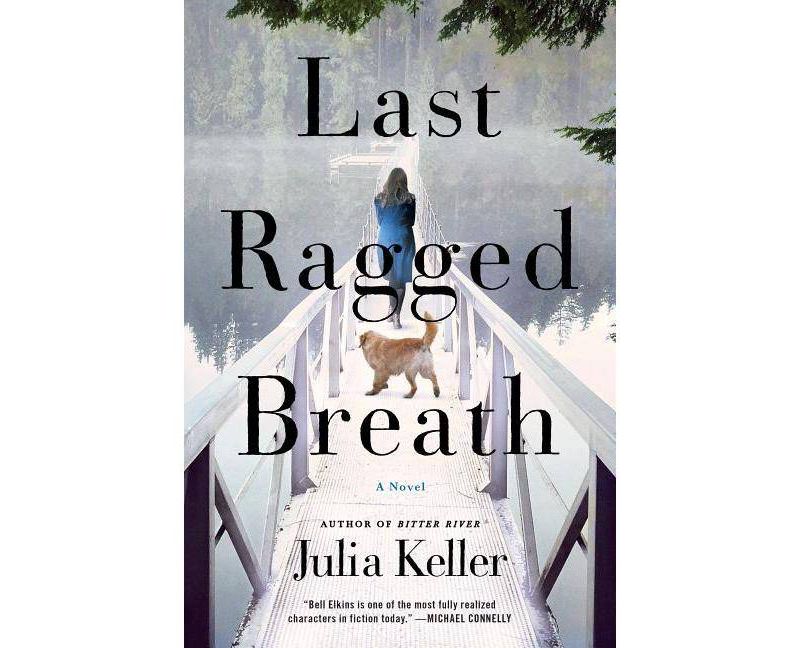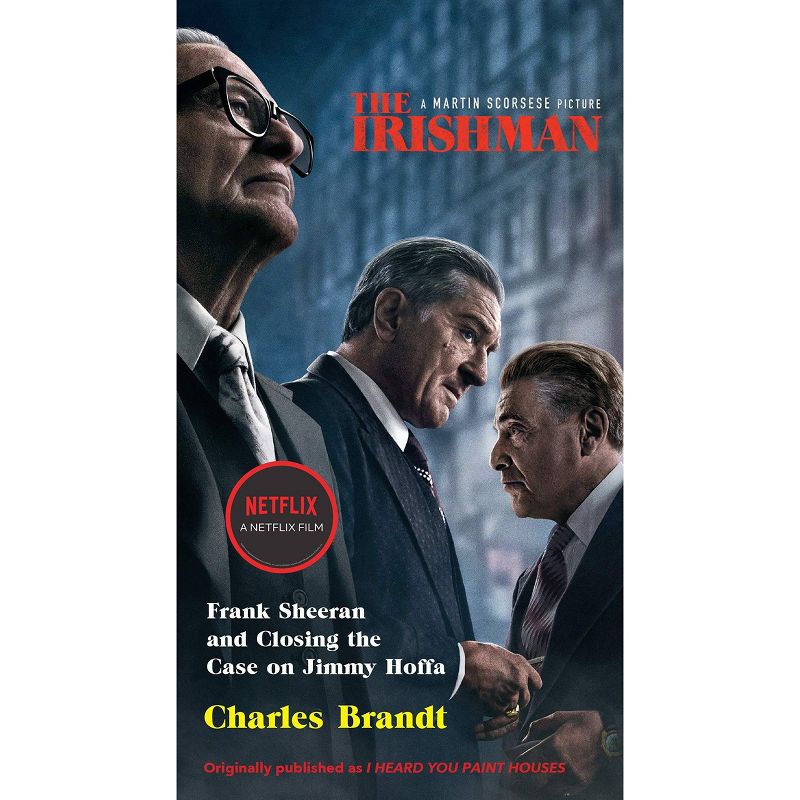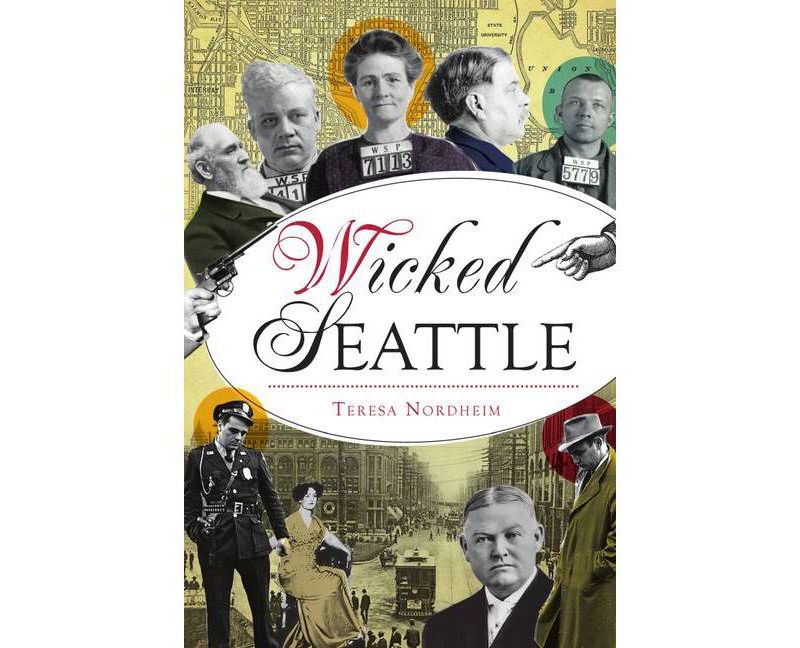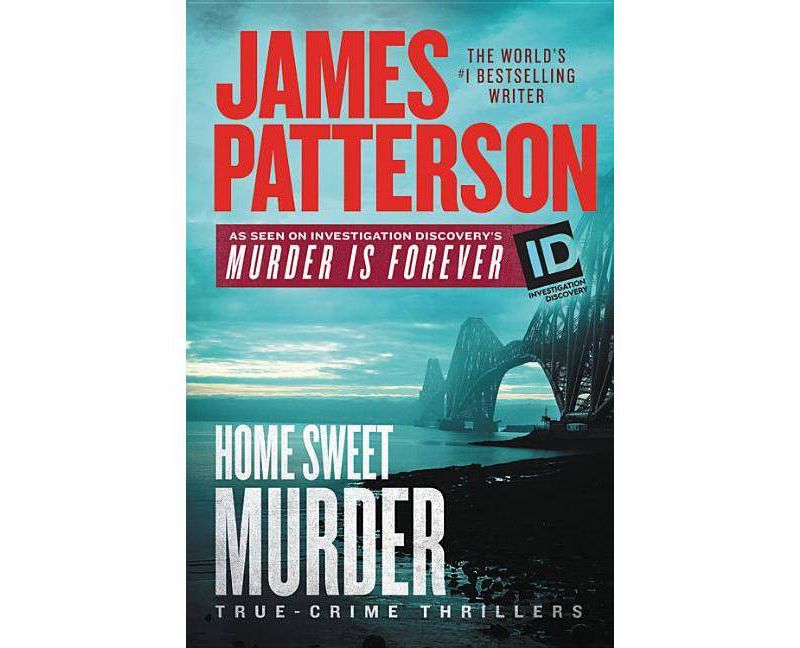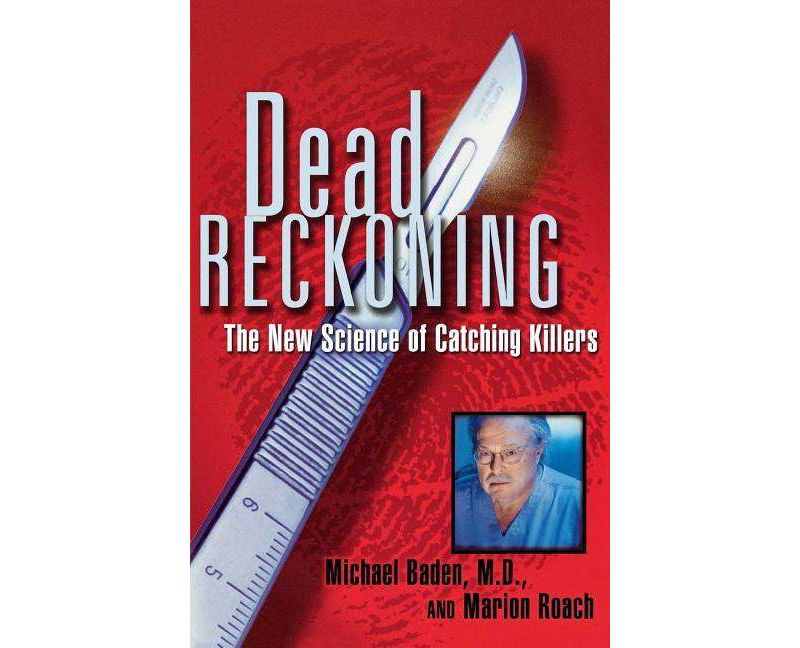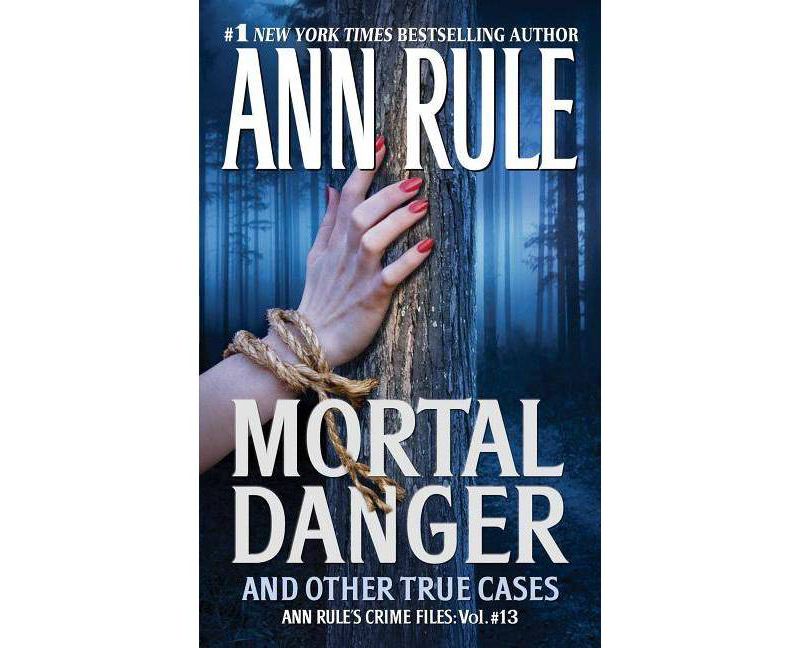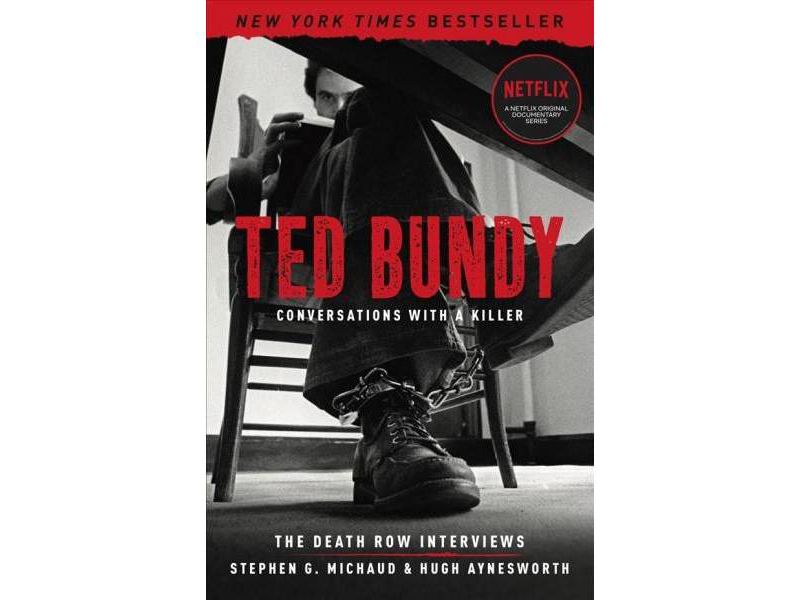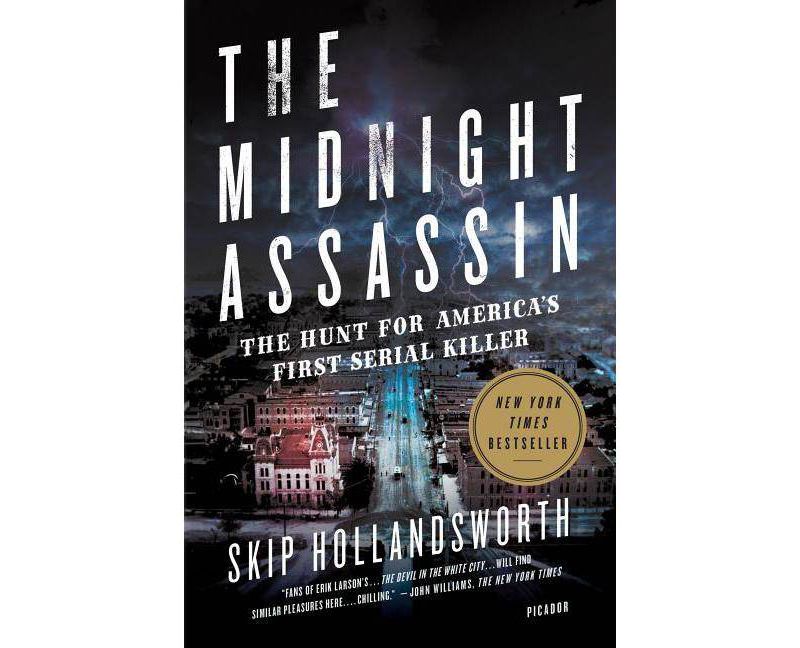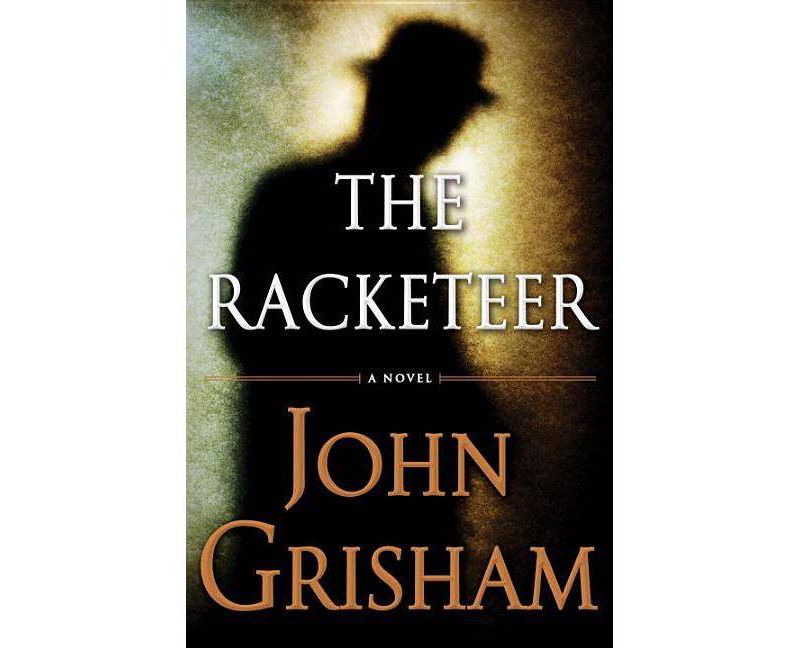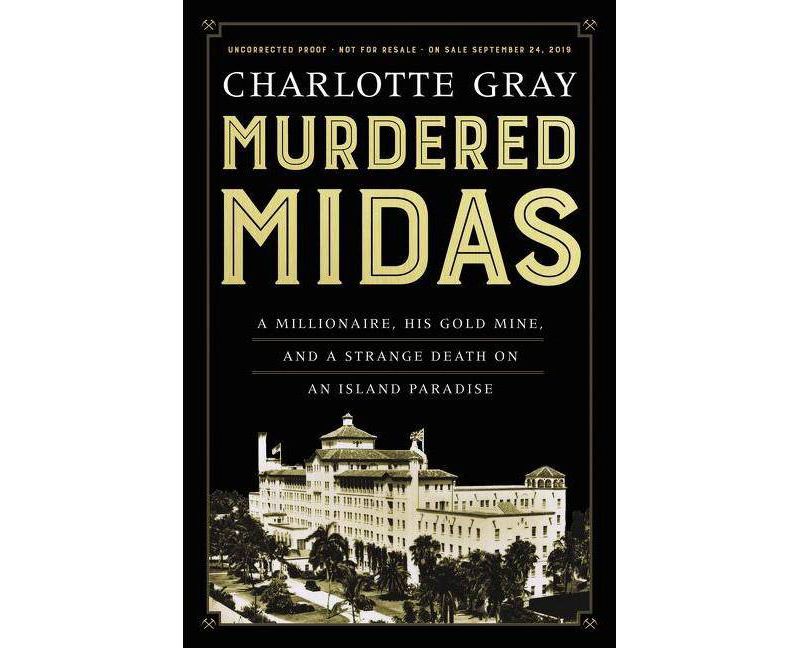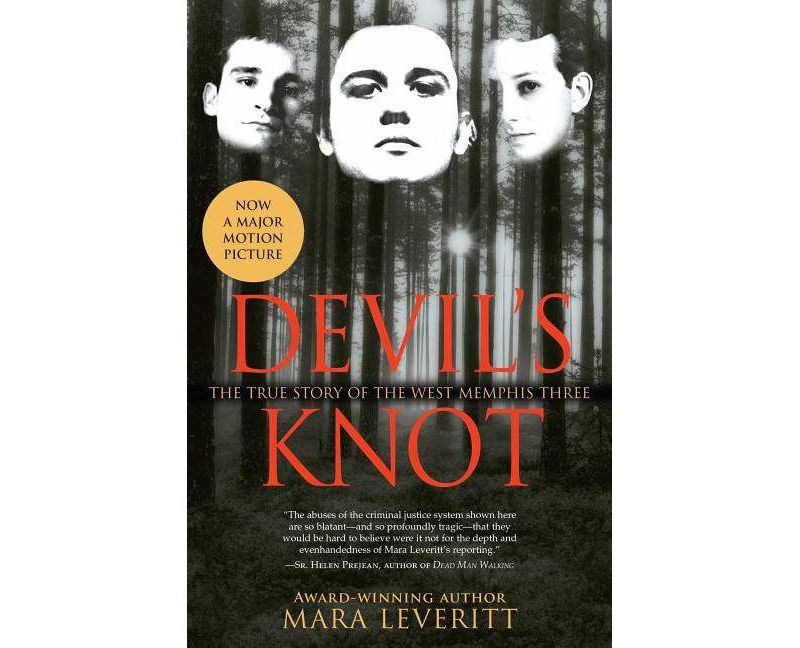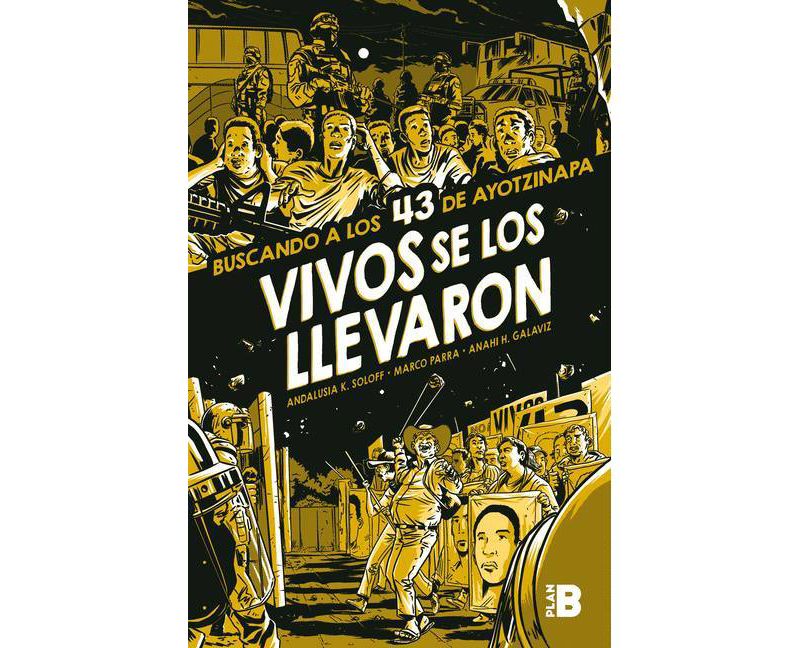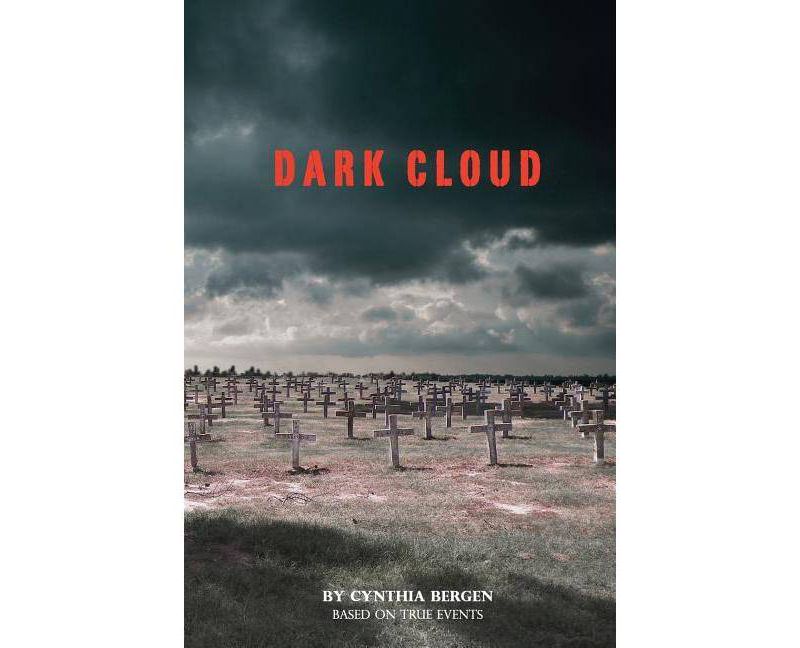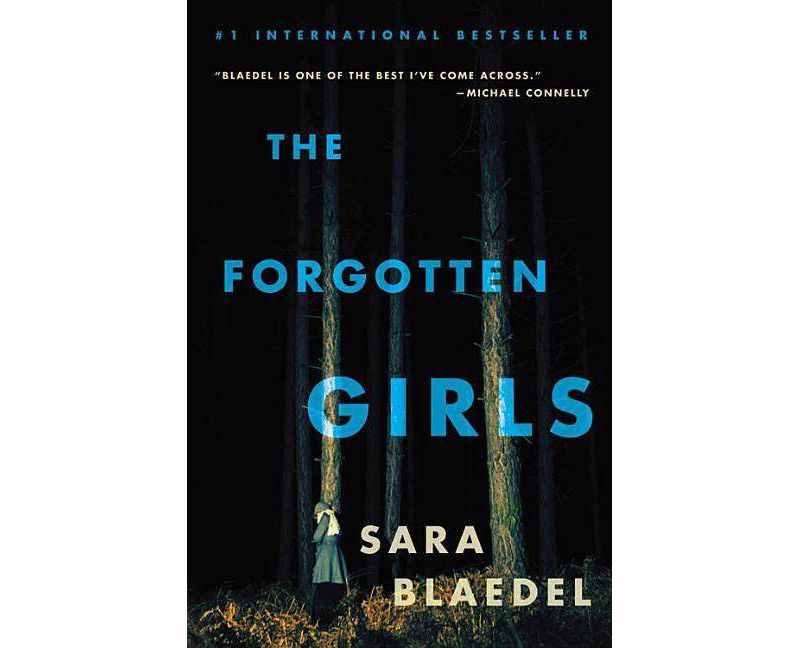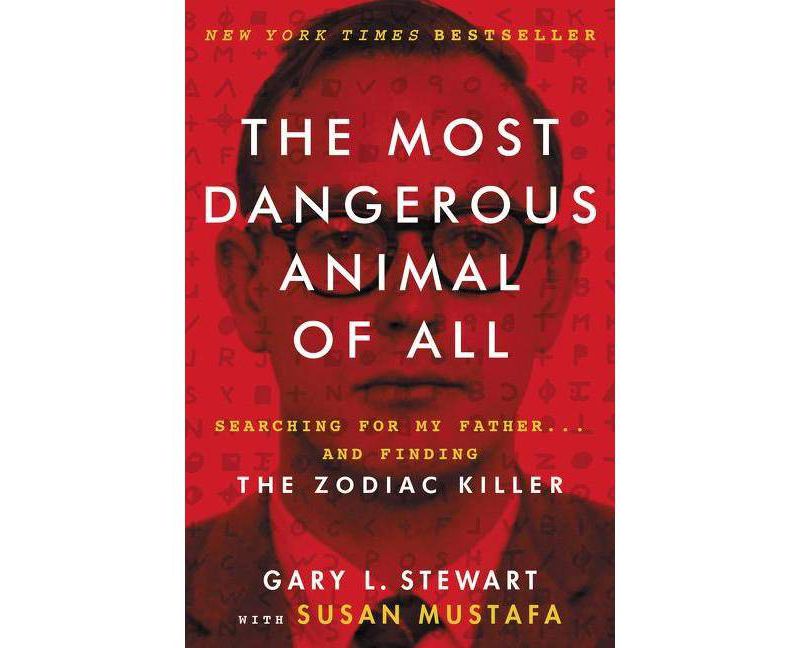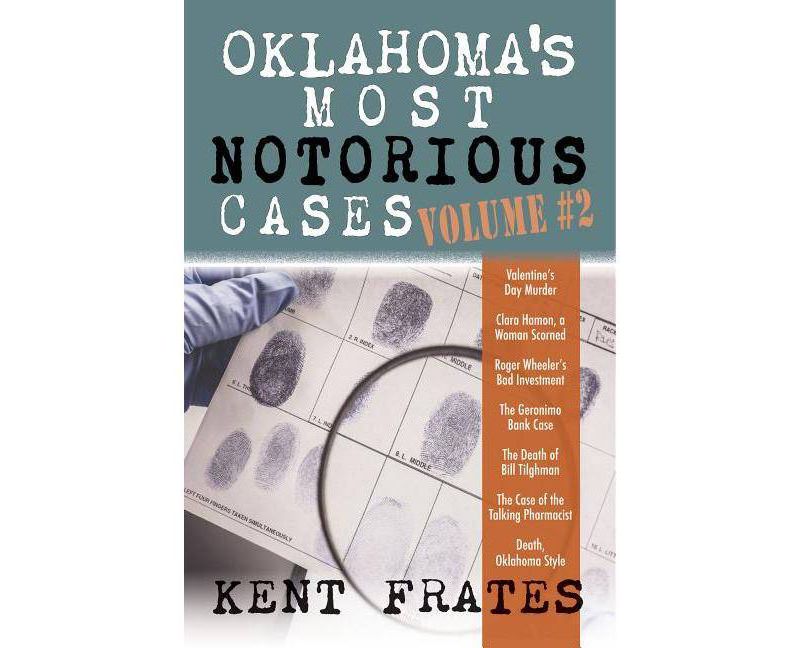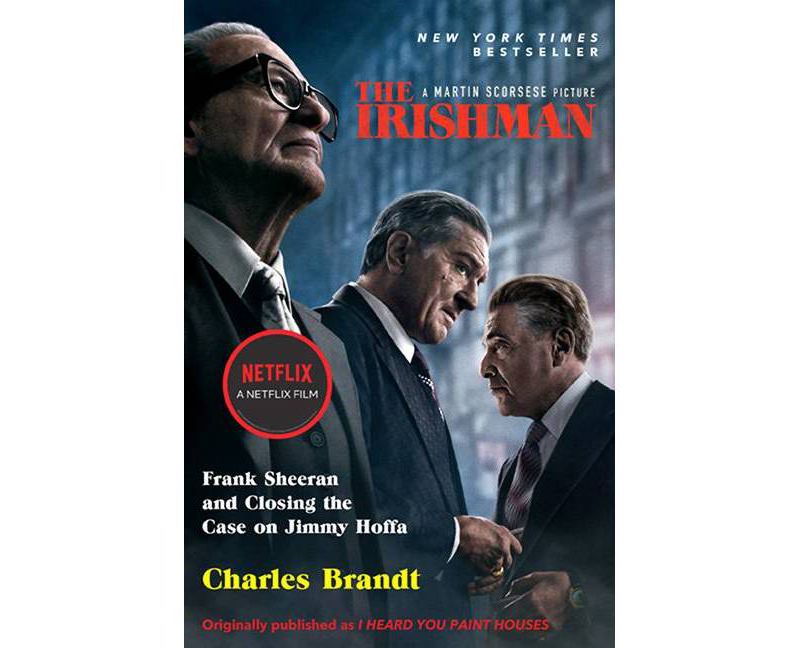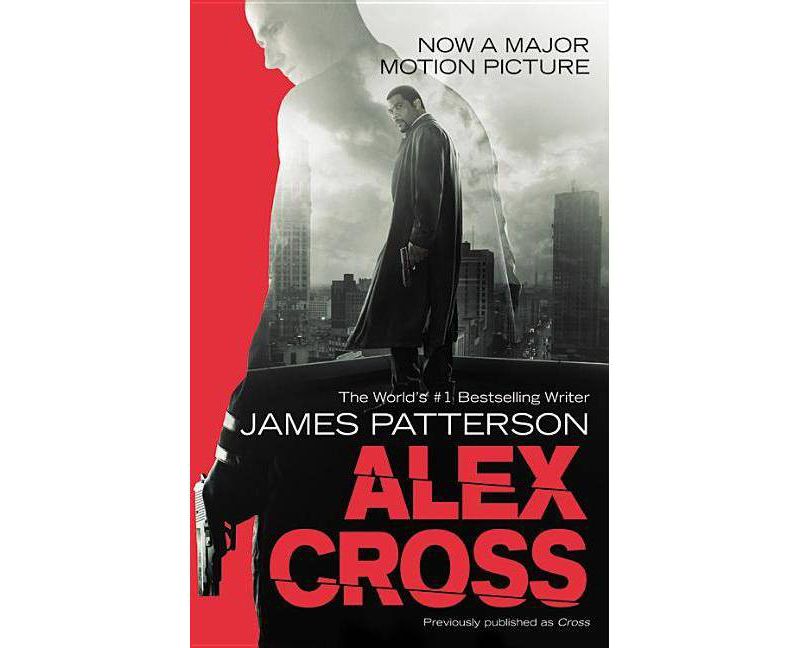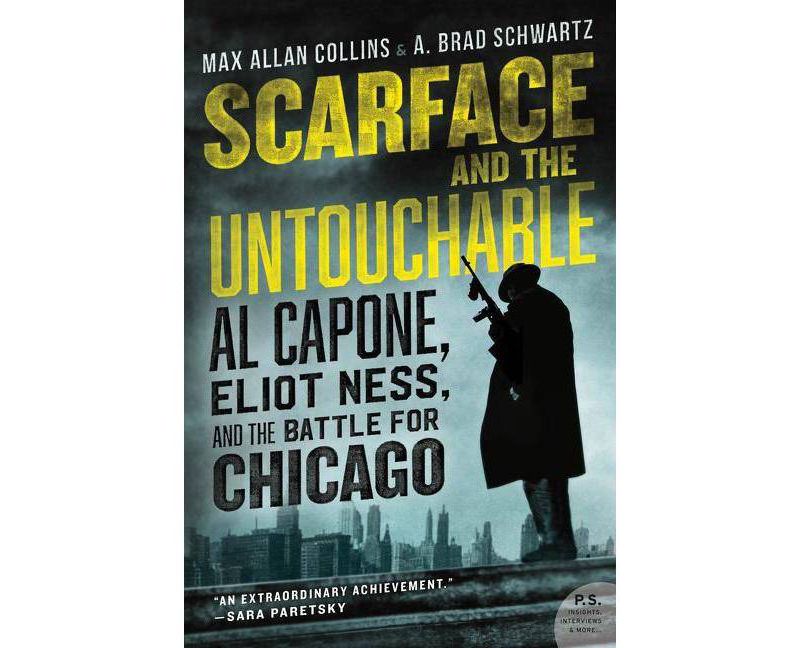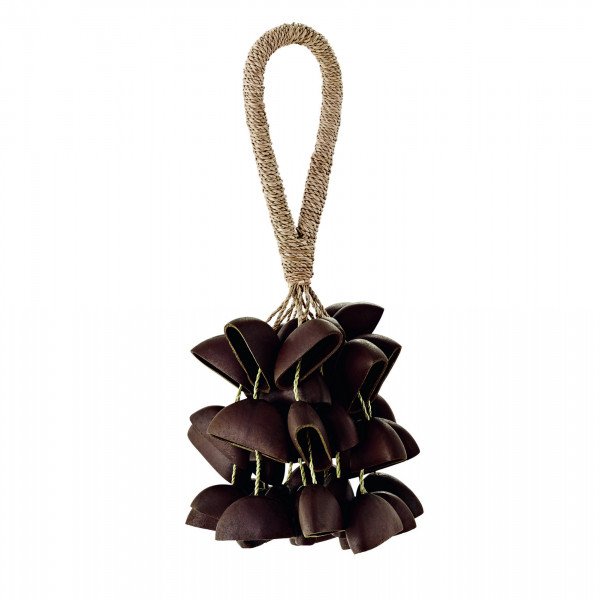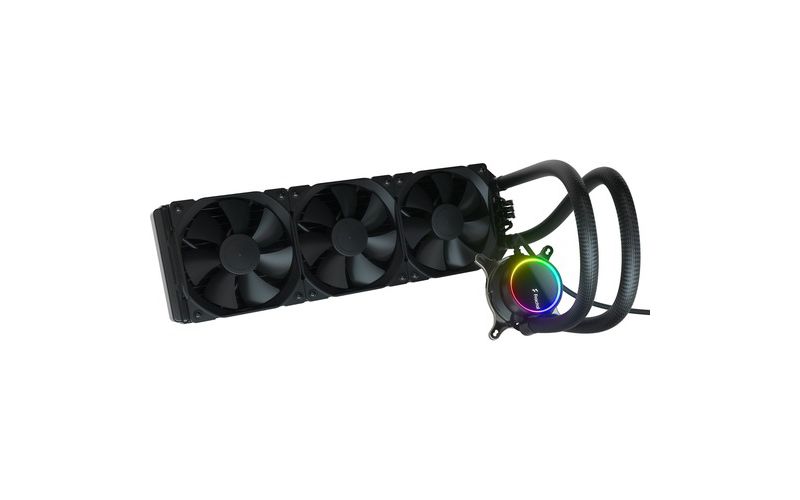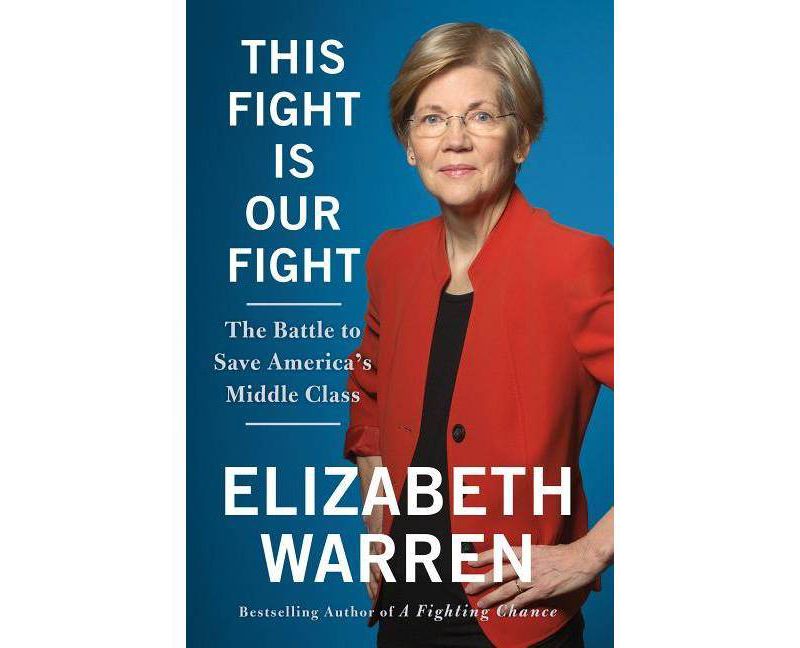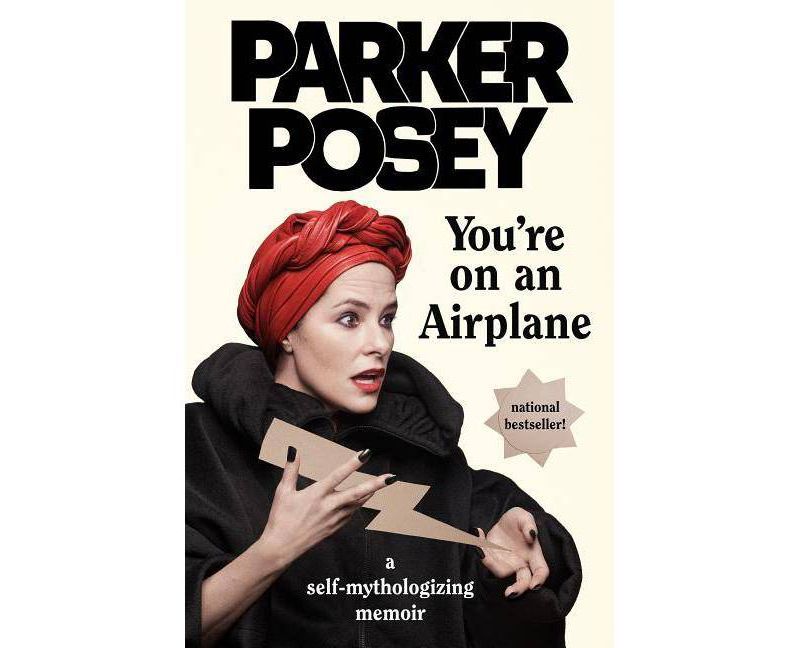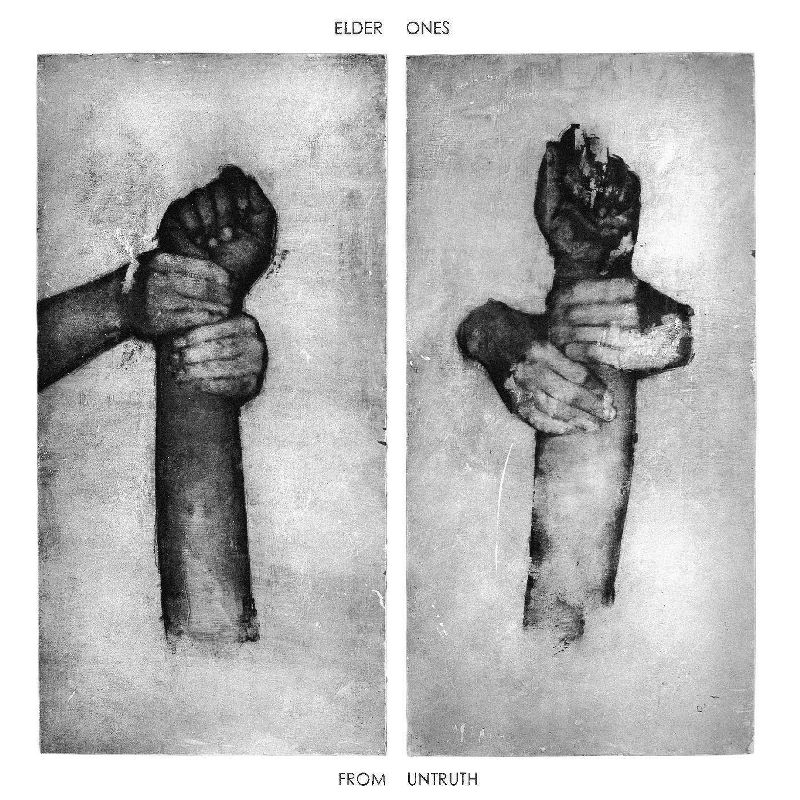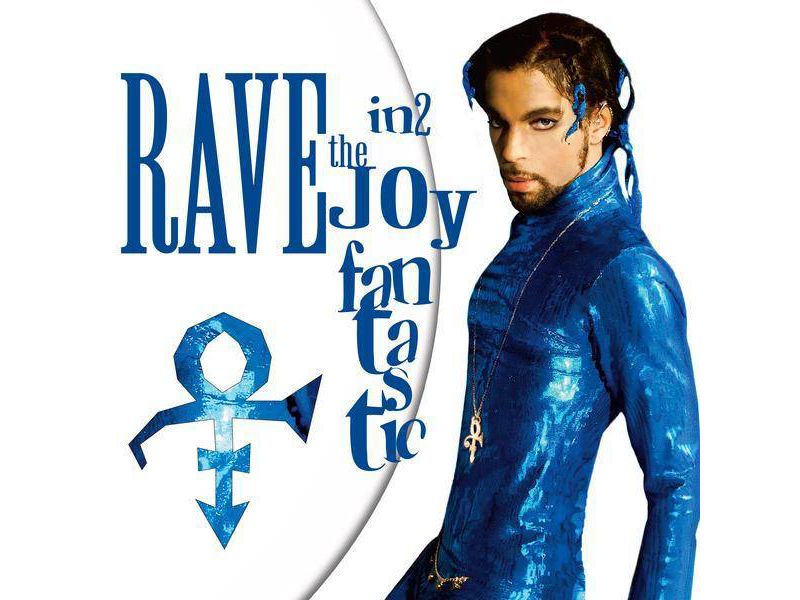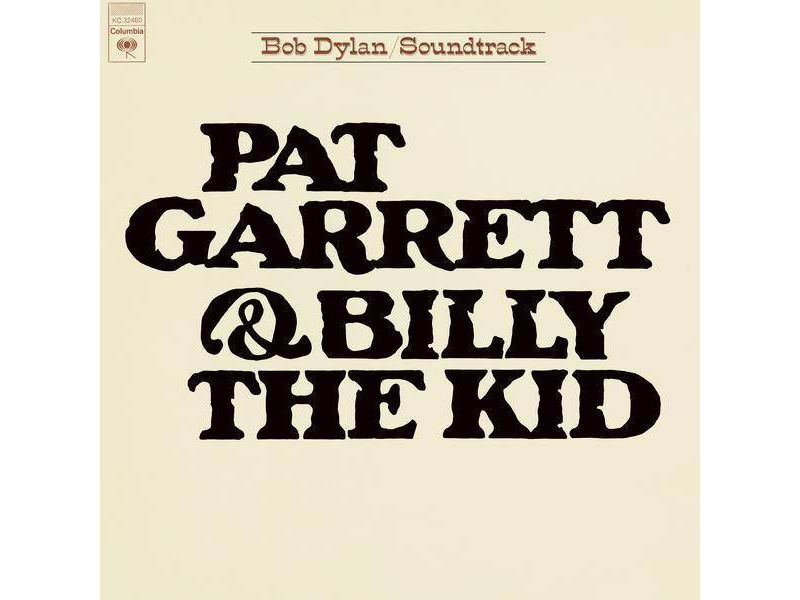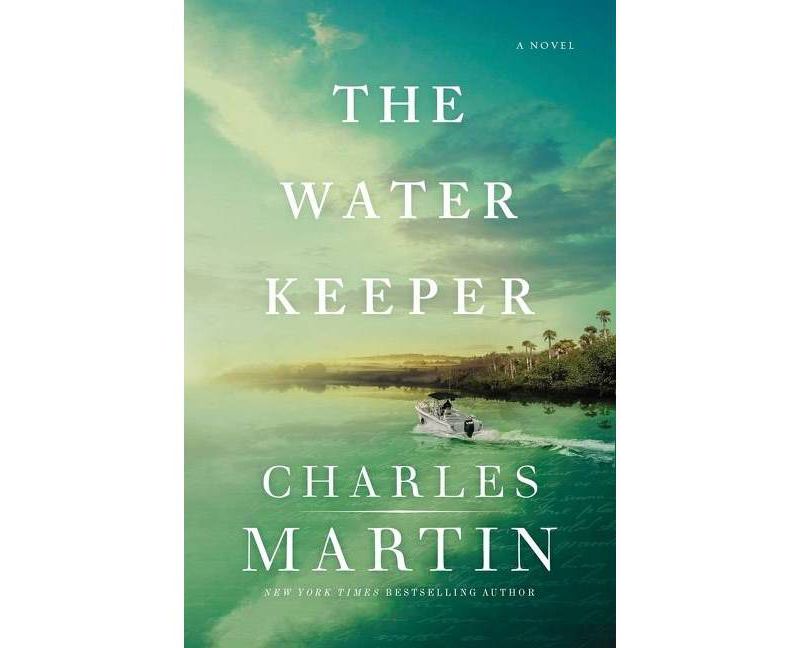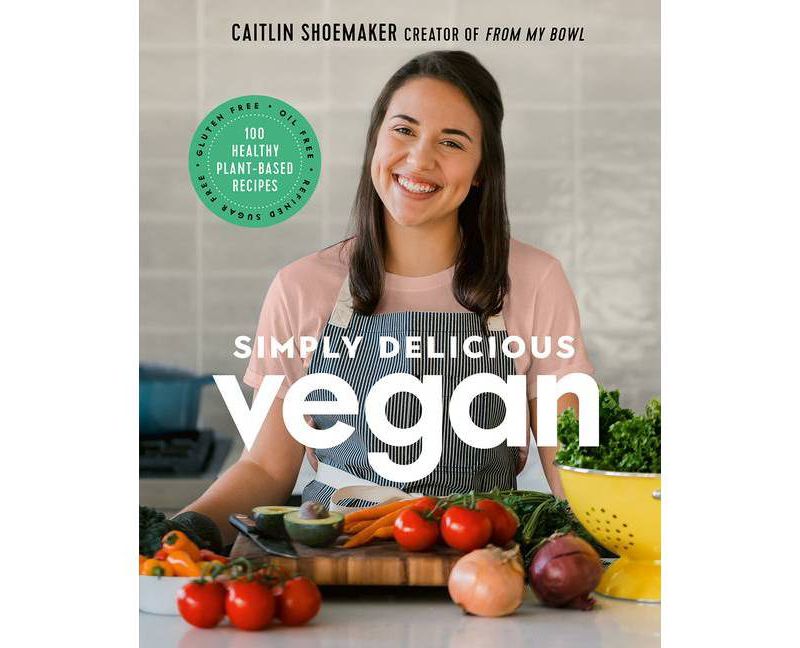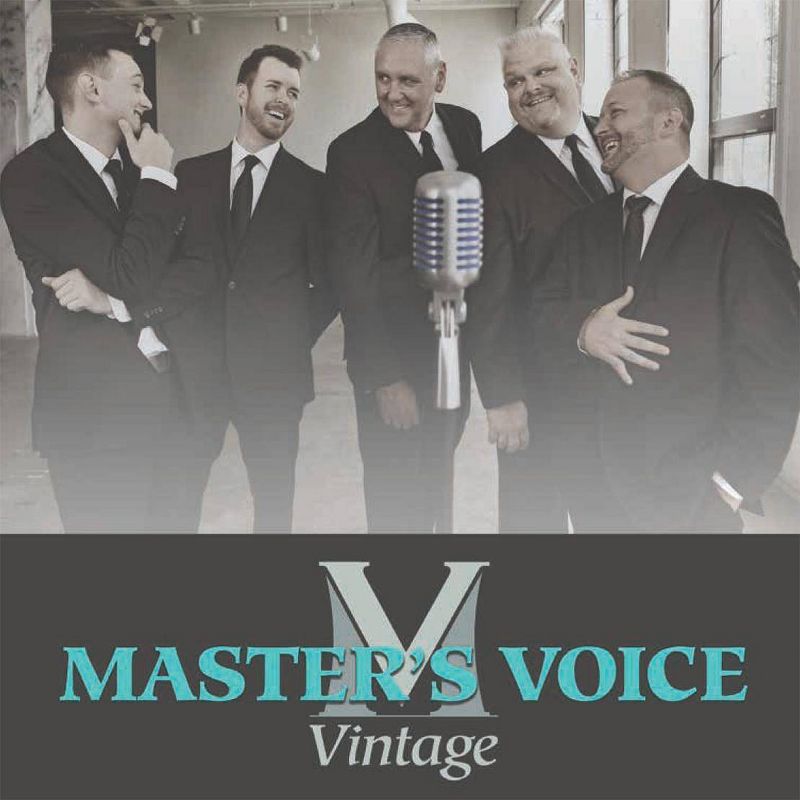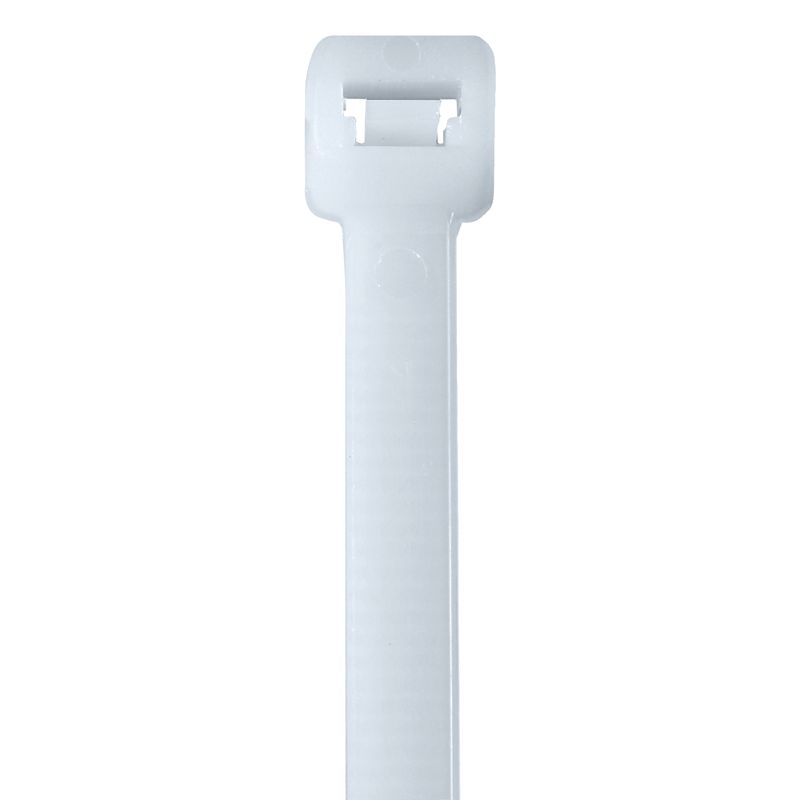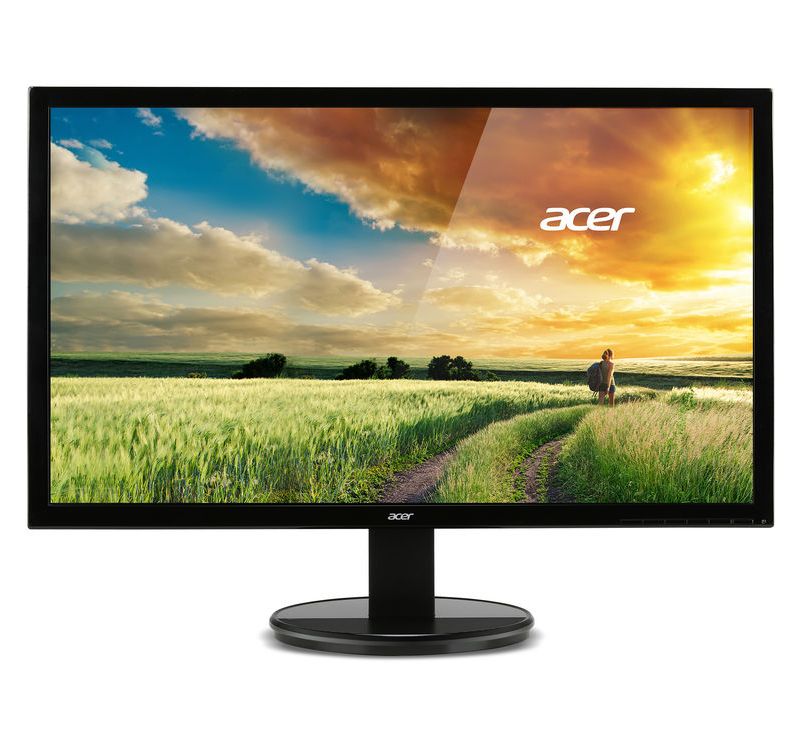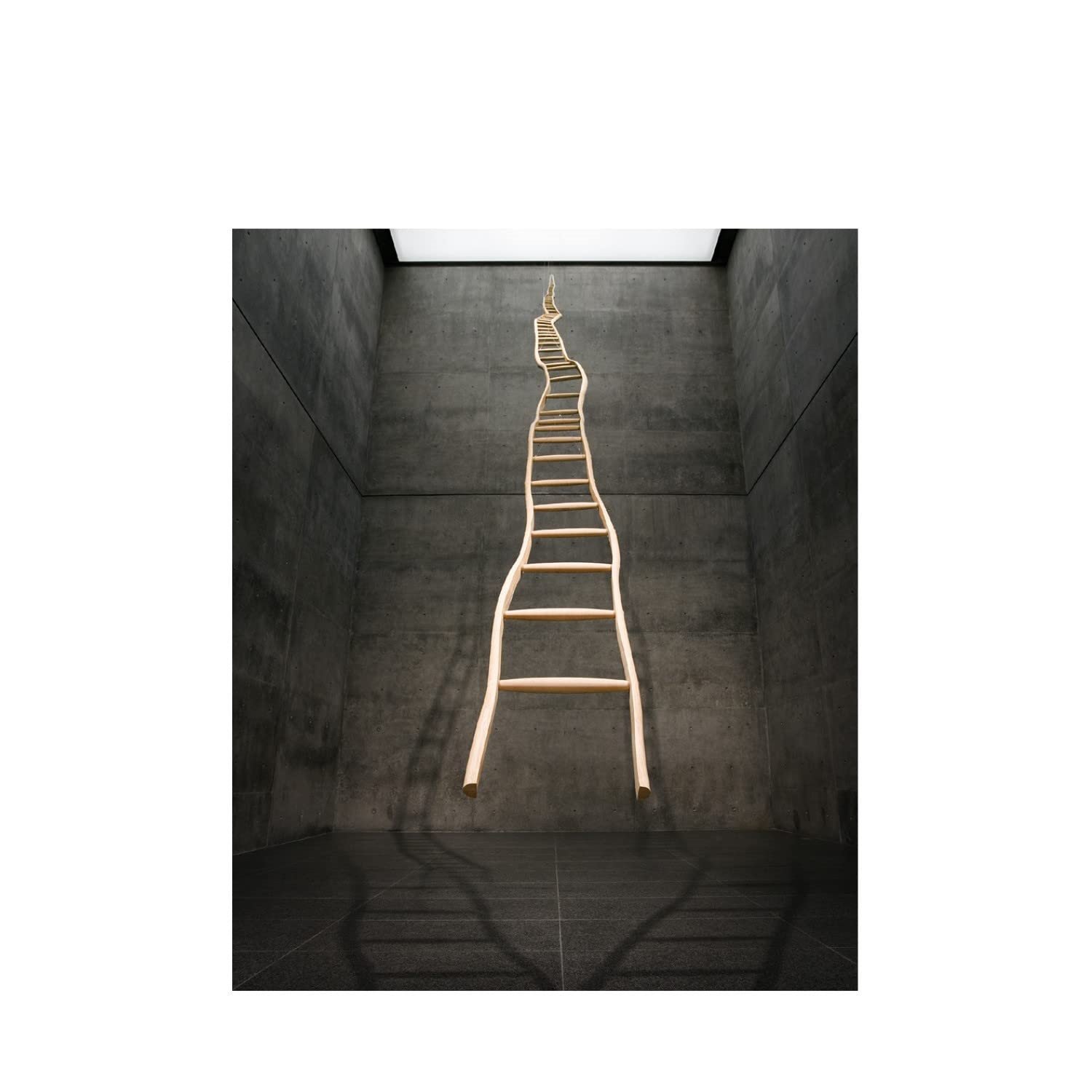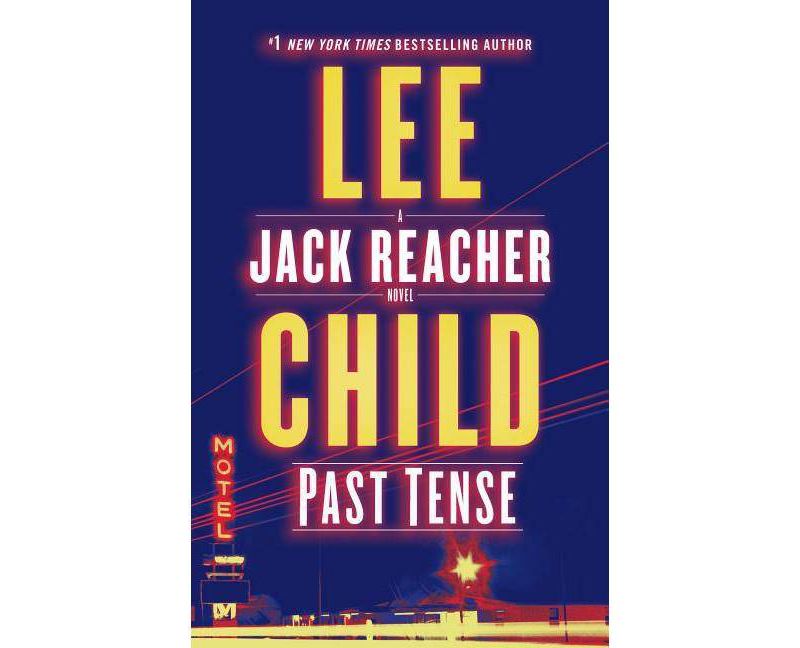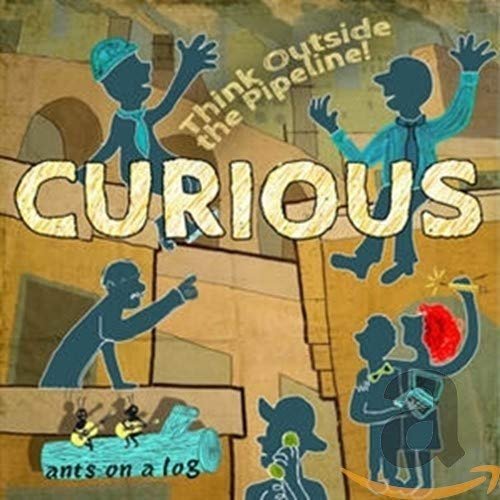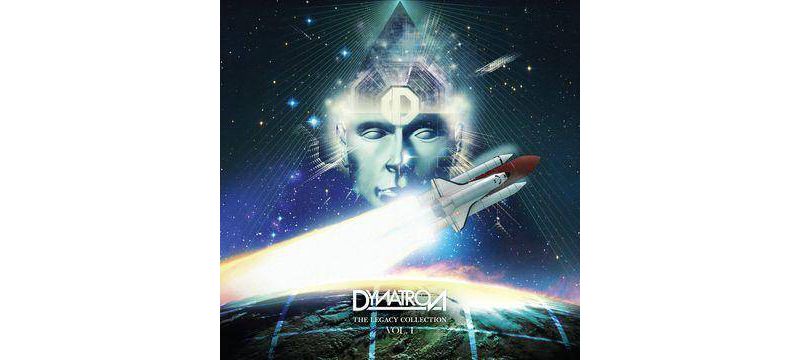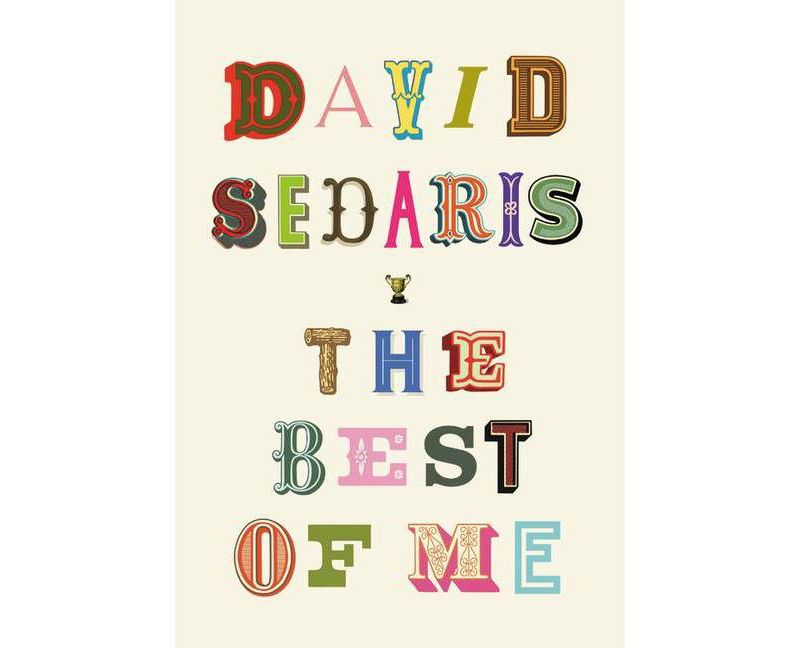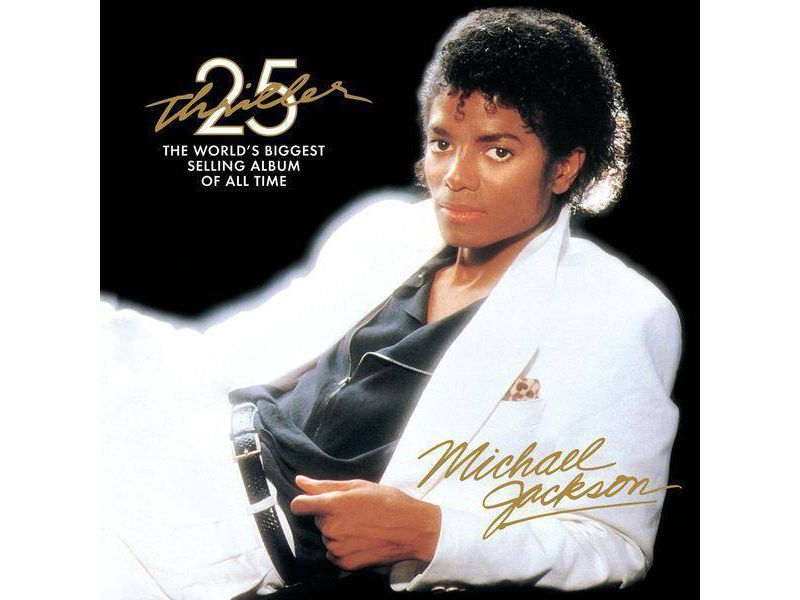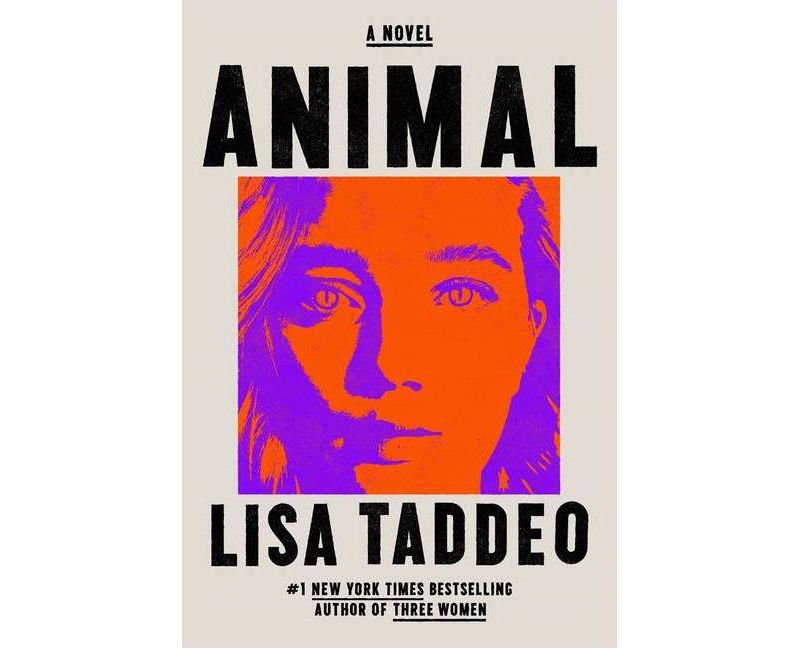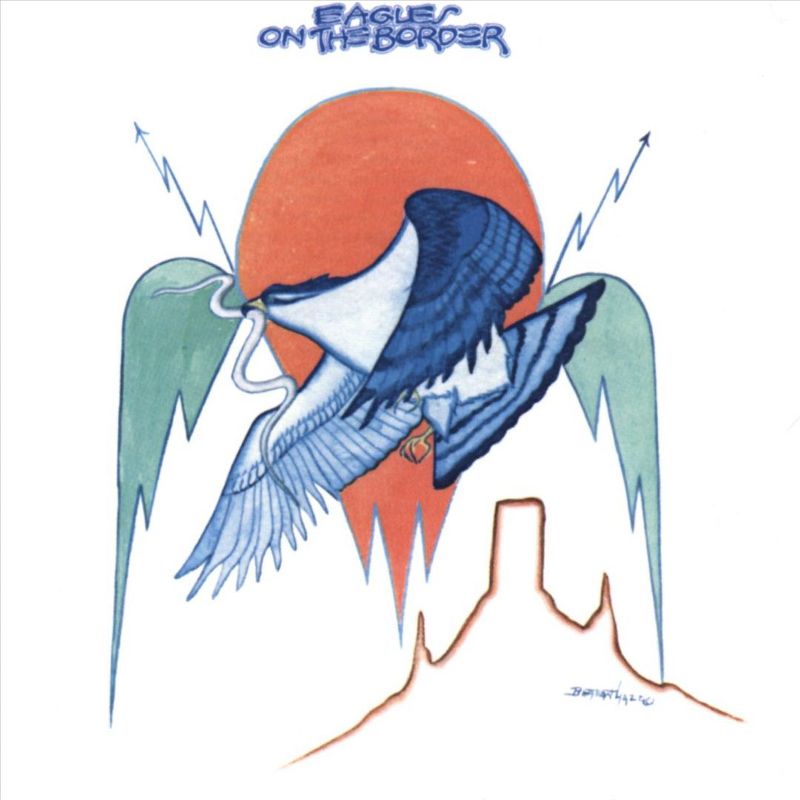Trusted shipping
Easy returns
Secure shopping
Buy American Pain - by John Temple (Paperback) in United States - Cartnear.com
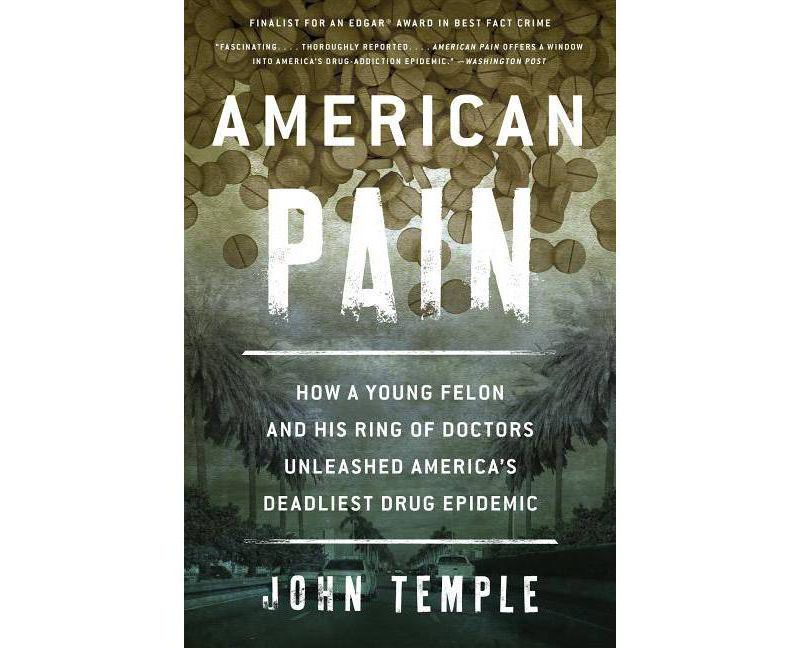
American Pain - by John Temple (Paperback)
CTNR28531 09781493026661 CTNR28531Big Dot of Happiness
2027-01-07
/itm/american-pain-by-john-temple-paperback-28531
USD
11.97
$ 11.97 $ 12.09 1% Off
Item Added to Cart
customer
*Product availability is subject to suppliers inventory
SHIPPING ALL OVER UNITED STATES
100% MONEY BACK GUARANTEE
EASY 30 DAYSRETURNS & REFUNDS
24/7 CUSTOMER SUPPORT
TRUSTED AND SAFE WEBSITE
100% SECURE CHECKOUT
Number of Pages: 320
Genre: True Crime
Sub-Genre: White Collar Crime
Format: Paperback
Publisher: Lyons Press
Age Range: Adult
Author: John Temple
Language: English
In his masterful nonfiction book American Pain, John Temple lays bare the perfect storm of lax regulation, aggressive marketing, greed, and addiction that created an opioid epidemic. .. .Temple's writing is propulsive--Foreword Reviews
(Starred Review). . . . [An] exhilarating blow-by-blow account. . . . Journalism professor Temple dissects the . . . criminal operation and documents the rise and fall of American Pain with precision and authority in this highly readable true crime account.--Publishers Weekly
Fascinating. . . . thoroughly reported. . . . American Pain offers a window into America's drug-addiction epidemic.--The Washington Post
"American Pain made me angrier with every page. Why? Because John Temple has so adeptly reported this story of how a handful of criminals and shady doctors in Florida profited from the poverty and addiction of the Appalachian South." --James Higdon, national bestselling author of The Cornbread Mafia: A Homegrown Syndicate's Code of Silence and the Biggest Marijuana Bust in American History
"John Temple's American Pain is as addicting a read as the little pills he writes about. Temple details the brazen operations of some of America's largest pill mills and how they thrived in plain sight for years before the government took action." --Jason Ryan, author of Jackpot: High Times, High Seas, and the Sting That Launched the War on Drugs
"John Temple's American Pain takes you on a hysterically funny, yet equally tragic, tour of Florida's pill mill industry as the painkiller epidemic was reaching a fever pitch.... a must-read for anyone trying to understand this government-sanctioned drug and the destructive power of Big Pharma." --Melisa Wallack, Oscar-nominated co-writer of Dallas Buyers Club
Genre: True Crime
Sub-Genre: White Collar Crime
Format: Paperback
Publisher: Lyons Press
Age Range: Adult
Author: John Temple
Language: English
About the Book
* Finalist for the Edgar(R) Award in Best Fact Crime * New York Post, "The Post's Favorite Books of 2015" * Suspense Magazine's "Best True Crime Books of 2015" * Gold Medal Winner for Foreword Reviews' INDIEFAB Book of the Year in True Crime * Publishers Weekly, Big Indie Book of Fall 2015 The rise and fall of the nation's largest painkiller distribution ring, "American Pain," a mega-clinic that served as a prototype for the rest. Pill mills have spread across the country, but this is where it started. It's a gritty story of lax regulations, conflicts of interest, and good ol' fashioned greed. With an eccentric cast of real characters, bizarre events, and a setting that runs from Kentucky to Florida, it's also a stranger-than-fiction Southern Gothic tale.Book Synopsis
* Finalist for the Edgar(R) Award in Best Fact Crime * New York Post, "The Post's Favorite Books of 2015" * Suspense Magazine's "Best True Crime Books of 2015" * Finalist for Foreword Reviews' INDIEFAB Book of the Year in True Crime * Publishers Weekly, Big Indie Book of Fall 2015 The king of the Florida pill mills was American Pain, a mega-clinic expressly created to serve addicts posing as patients. From a fortress-like former bank building, American Pain's doctors distributed massive quantities of oxycodone to hundreds of customers a day, mostly traffickers and addicts who came by the vanload. Inked muscle-heads ran the clinic's security. Former strippers operated the pharmacy, counting out pills and stashing cash in garbage bags. Under their lab coats, the doctors carried guns-and it was all legal... sort of. American Pain was the brainchild of Chris George, a 27-year-old convicted drug felon. The son of a South Florida home builder, Chris George grew up in ultra-rich Wellington, where Bill Gates, Springsteen, and Madonna kept houses. Thick-necked from weightlifting, he and his twin brother hung out with mobsters, invested in strip clubs, brawled with cops, and grinned for their mug shots. After the housing market stalled, a local doctor clued in the brothers to the burgeoning underground market for lightly regulated prescription painkillers. In Florida, pain clinics could dispense the meds, and no one tracked the patients. Seizing the opportunity, Chris George teamed up with the doctor, and word got out. Just two years later Chris had raked in $40 million, and 90 percent of the pills his doctors prescribed flowed north to feed the rest of the country's insatiable narcotics addiction. Meanwhile, hundreds more pain clinics in the mold of American Pain had popped up in the Sunshine State, creating a gigantic new drug industry. American Pain chronicles the rise and fall of this game-changing pill mill, and how it helped tip the nation into its current opioid crisis, the deadliest drug epidemic in American history. The narrative swings back and forth between Florida and Kentucky, and is populated by a gaudy and diverse cast of characters. This includes the incongruous band of wealthy bad boys, thugs and esteemed physicians who built American Pain, as well as penniless Kentucky clans who transformed themselves into painkiller trafficking rings. It includes addicts whose lives were devastated by American Pain's drugs, and the federal agents and grieving mothers who labored for years to bring the clinic's crew to justice.Review Quotes
In his masterful nonfiction book American Pain, John Temple lays bare the perfect storm of lax regulation, aggressive marketing, greed, and addiction that created an opioid epidemic. .. .Temple's writing is propulsive--Foreword Reviews
(Starred Review). . . . [An] exhilarating blow-by-blow account. . . . Journalism professor Temple dissects the . . . criminal operation and documents the rise and fall of American Pain with precision and authority in this highly readable true crime account.--Publishers Weekly
Fascinating. . . . thoroughly reported. . . . American Pain offers a window into America's drug-addiction epidemic.--The Washington Post
"American Pain made me angrier with every page. Why? Because John Temple has so adeptly reported this story of how a handful of criminals and shady doctors in Florida profited from the poverty and addiction of the Appalachian South." --James Higdon, national bestselling author of The Cornbread Mafia: A Homegrown Syndicate's Code of Silence and the Biggest Marijuana Bust in American History
"John Temple's American Pain is as addicting a read as the little pills he writes about. Temple details the brazen operations of some of America's largest pill mills and how they thrived in plain sight for years before the government took action." --Jason Ryan, author of Jackpot: High Times, High Seas, and the Sting That Launched the War on Drugs
"John Temple's American Pain takes you on a hysterically funny, yet equally tragic, tour of Florida's pill mill industry as the painkiller epidemic was reaching a fever pitch.... a must-read for anyone trying to understand this government-sanctioned drug and the destructive power of Big Pharma." --Melisa Wallack, Oscar-nominated co-writer of Dallas Buyers Club
About the Author
John Temple is a professor of journalism at West Virginia University and the author of Deadhouse and The Last Lawyer, the latter of which won the Scribes Award given by the Society of Legal Writers. C-SPAN, the Washington Post, Raleigh News and Observer, and many other media outlets have covered him and his work, and before teaching he worked in newspapers for six years at the Pittsburgh Tribune-Review, Greensboro News and Record, and the Tampa Tribune. Temple lives with his wife and two sons in Morgantown, West Virginia.
